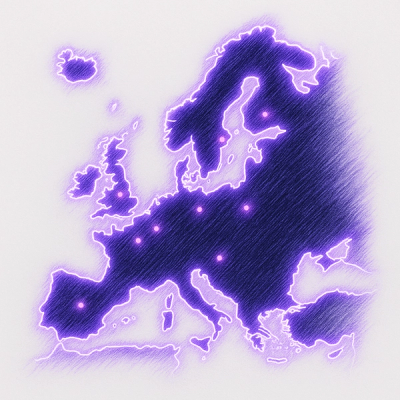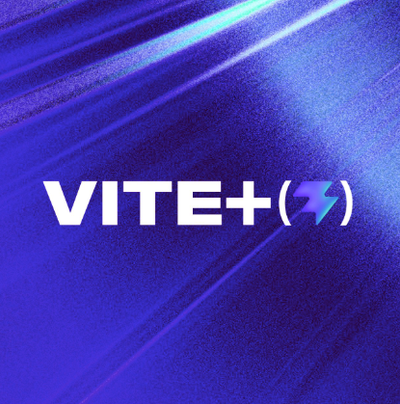node-blend
This module can re-encode one or more images of the same size. It supports stiching multiple images together into a single image, alpha-compositing, color quantization, and various compression options to produce highly optimized output.

Usage
var blend = require('blend');
var image1;
var image2;
blend([ image1, image2 ], function(err, result) {
});
blend([ image1, image2 ], {
format: 'jpeg',
quality: 90
}, function(err, result) {
});
blend([
{ buffer: images[1], x: 20, y: 10 },
{ buffer: images[0], x: -30, y: 90 }
], {
width: 256,
height: 256
}, function(err, data) {
});
Options
The first argument is an array of either Buffers containing image data, or
Objects with the following potential properties:
buffer: Buffer containing image datax: image offset in the X dimensiony: image offset in the Y dimension
The second argument is an optional options Object with the following potential
properties:
format: jpeg, png, or webpquality: integer indicating the quality of the final image. Meaning and range differs per format. For JPEG and webp the range is from 0-100. It defaults to 80. The lower the number the lower image quality and smaller the final image size. For PNG range is from 2-256. It means the # of colors to reduce the image to using. The lower the number the lower image quality and smaller the final image size.width: integer, default 0: final width of blended image. If options provided with no width value it will default to 0height: integer, default 0: final width of blended image. If options provided with no height value it will default to 0reencode: boolean, default falsematte: when alpha is used this is the color to initialize the buffer to (reencode will be set to true automatically when a matte is supplied)compression: level of compression to use when format is png. The higher value indicates higher compression and implies slower encodeing speeds. The lower value indicates faster encoding but larger final images. Default is 6. If the encoder is libpng then the valid range is between 1 and 9. If the encoder is miniz then the valid range is between 1 and 10. The reason for this difference is that miniz has a special "UBER" compression mode that tries to be extremely small at the potential cost of being extremely slow.palette: pass a blend.Palette object to be used to reduced PNG images to a fixed array of colorsmode: octree or hextree - the PNG quantization method to use, from Mapnik: https://github.com/mapnik/mapnik/wiki/OutputFormats. Octree only support a few alpha levels, but is faster while Hextree supports many alpha levels.encoder: libpng or miniz - the PNG encoder to use. libpng is standard while miniz is experimental but faster.
Installation
npm install @mapbox/blend@latest
Development
To run tests for this module, run npm install --dev to install the testing framework, then
npm test. Tests require Imagemagick for its compare utility.



